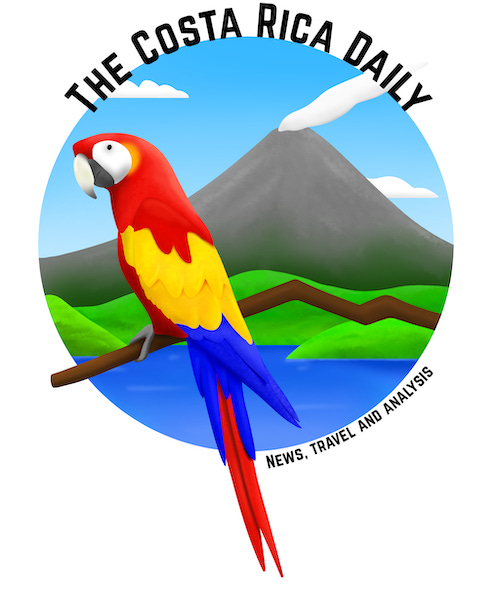Why is Costa Rica’s national bird so dull?
Out of so many options, Costa Rica chose the clay-colored thrush.
Despite its small size, Costa Rica has incredible bird diversity, and at least 800 different species can be found here.
From toucans to parrots to hummingbirds to trogons (like the Resplendent Quetzal), there is no shortage of interesting species that make Costa Rica a bird-watcher’s paradise. Birds are such a highlight that Costa Rica once featured a singing scarlet macaw as part of a tourism campaign targeting North American visitors.
With so many rare and endemic bird species, Costa Rica had plenty of worthwhile options when it selected a national bird in 1977.
And out of the hundreds of options, the country chose... the clay-colored thrush.
What!?
The clay-colored thrush (with the we’re-not-making-this-up scientific name of Turdus grayi) is not particularly pretty. Nor is it unique to Costa Rica: you can find the species from Texas to Colombia.
So why do Costa Ricans revere the clay-colored thrush — as it’s known here, the Yigüirro? The National Museum explains:
It was declared the national bird in January 3, 1977 as a tribute to its powerful and melodious song that accompanies the onset of the rainy season. The reasons that motivated the declaration of the yigüirro as a National Bird are based on how familiar this bird has been to Costa Ricans for a long time, precisely because it lives very close to houses, and its name is mentioned in traditional songs, stories and literary works by Costa Rican authors such as Juan Varela and Marcos Ramírez.
Before satellite radar and hour-by-hour forecasts, before there were ecotourists and bird-watchers, there was the yigüirro: the animal with a unique song that marked the changing of the seasons:
Author Katherine Stanley Obando once wrote:
I like to think that Costa Rica’s choice of the yigüirro reflects the country’s practical nature. Surrounded by so much feathered beauty, they went with the bird that knows what’s going on. They say that una golondrina no hace verano (one swallow does not a summer make) but Costa Rica does have a single bird who makes winter.
And there you have it. Costa Rica’s national bird isn’t flashy, and it certainly won’t headline any tourism campaigns. Instead, it’s a bird of the people: One known to city-dwellers and farmers alike, that for decades has symbolized something bigger.
Support The Costa Rica Daily
Thank you for reading! The Costa Rica Daily is 100% free — and 100% ad-free. We can only exist with your support:



